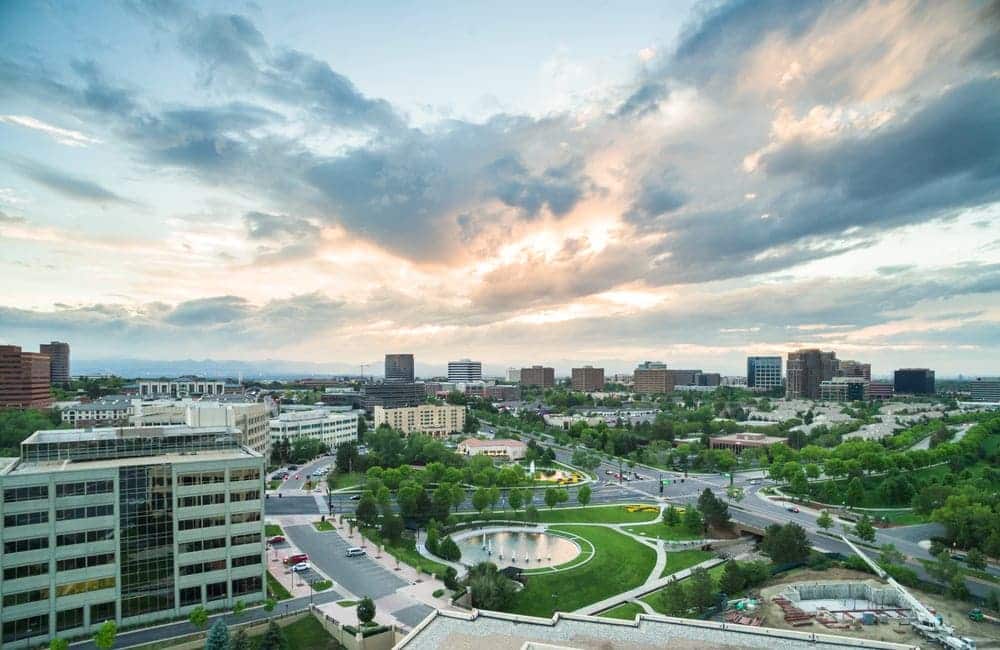About EcoDevo 101: The practice of economic development is vital to the advancement of any thriving community. It is also often misunderstood. In this series, we’ll dig deeper into the topics that underpin the profession, from public policy and mobility to technology and community planning, among many others.
Building a great community doesn’t happen by accident.
Having a vision, developing a strategy, and putting in place the team and actions to implement the strategy are all necessary pieces to creating a vibrant community. Across the United States, this visioning, strategizing and implementation are most likely undertaken by economic development organizations (EDOs) or associations, local and state governments, and public-private partnerships.
Setting a vision for a community is the most important, and in some respects, the hardest part of the economic development process. Getting input and buy-in from stakeholders across the spectrum is an important first step so that once the implementation of the vision starts to occur, no one is taken by surprise. Communicating expectations in a straightforward way, and detailing the benefits to the larger community, are key to the success of an economic development plan.
And importantly, goals for economic development come in many different flavors depending on the community. Affordable housing, quality schools, public transit, road and bridge capacity, international connectivity, community safety, jobs, digital infrastructure, commercialization of intellectual property, support for start-up businesses, retail and restaurants, manufacturing, and office space – are all aspects of economic development. Name it and there is an economic development association doing it.
But, if economic vitality is the most important factor for a community, then maintaining and growing jobs is the strategy that economic development organizations usually pursue. There are several ways that they can go about that including, but not limited to, supporting entrepreneurs to create and grow companies, supporting existing business, and recruiting new companies and jobs to the region.
While each is a different activity, they each feed into the other, creating a virtuous circle of job creation.
Let’s start with supporting entrepreneurs and building out an entrepreneurial support system. Why is this important? Well, using Apple, Google, and Microsoft as examples, we see that the largest companies in the world all began life as small, struggling start-ups. Bill Gates, Steve Jobs and Larry Page had ideas, but they had to figure out how to turn their “big” idea into a company, with a product, customers and revenue. What they did have was a community of other entrepreneurs who they could bounce ideas off of and who they could learn from. Communities that ignore the potential of their entrepreneurs, do so at their own peril.
This concept of “growing your own”, is a vital piece of the job creation puzzle and serves to establish a nurturing community for entrepreneurs to flourish, creating companies that in turn grow, creating more and more jobs for the region. A supportive entrepreneurial ecosystem includes entrepreneurs, mentors, investors, office space, legal services, accounting experts, end-users, and other business executives. It definitely takes a village to grow a start-up. And an economic development organization is the perfect convener to surround a start-up with the information and connections it needs to be successful.
Tending to companies that are already located in a community is one of the most impactful, and economic, ways that economic development agencies grow jobs in the community. A business retention and expansion (BRE) program, comprised of phone or in-person visits with company executives, helps an economic development agency understand the region’s strengths and weaknesses from the business perspective, connects the business to organizations that can help them hire and train employees, and identifies trends occurring across industries that may impact the competitiveness of the area. Building trust, creating connections between the company and the broader community, and providing positive feedback that the company is valued and cherished, give companies a good reason to stay and grow where they already are.
Suggested Reading:
The final piece of the economic development puzzle, that economic development associations pursue, is the attraction of new companies to the community. Bringing new companies to a region creates a domino effect within the broader community and results in an exponential increase in jobs. These jobs can include more teachers in the K-12 classroom, more car salesman, more solar jobs putting panels on new homes, to more people eating in local restaurants, to more tax revenue for roads.
All three of these activities – entrepreneurial support, business retention and expansion, and business recruitment – are pursued to create and retain jobs in a community. Growing jobs, keeping jobs and attracting jobs is what economic developers do because a community without enough jobs for the next generation is a dying community.
Check Out: What is Economic Development


